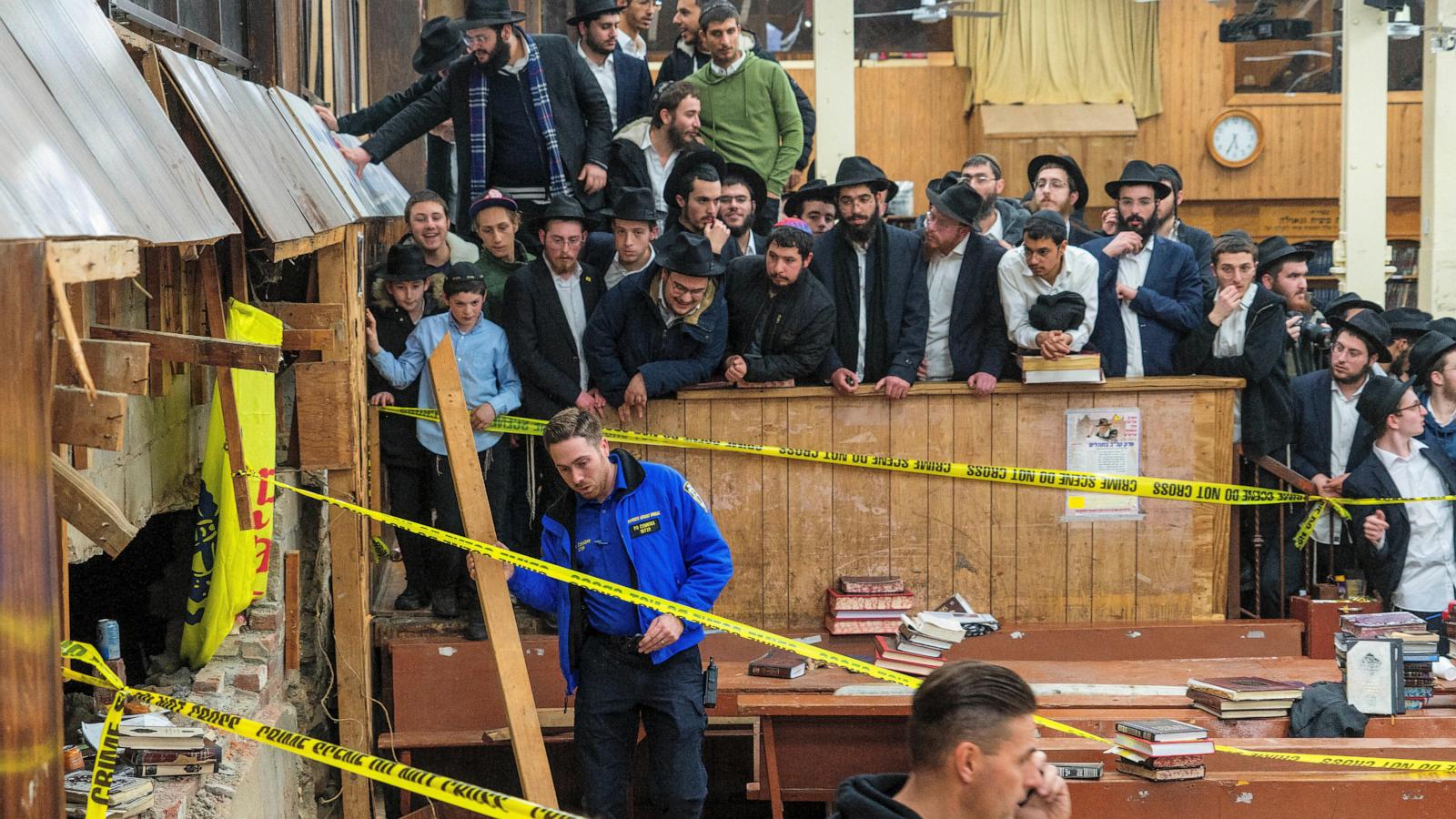Brooklyn Synagogue Tunnel: The Trial That's Dividing a Community
Get ready for a courtroom showdown that's stirring up controversy and sparking intense debate within a tight-knit community! Four men stand accused of causing chaos and destruction at a beloved Brooklyn synagogue, and their trial promises explosive revelations and dramatic testimony. This isn't just about damaged property; it's about beliefs, power struggles, and a clandestine tunnel that ignited a firestorm.
The Secret Tunnel: A Symbol of Faith or a Rogue Operation?
The saga begins with a mysterious tunnel, a 60-foot-long passageway secretly dug beneath the hallowed halls of the Chabad-Lubavitch world headquarters. This clandestine construction wasn't your average DIY project. Proponents claim it was an act of faith, inspired by the late Rabbi Menachem Mendel Schneerson, a revered leader who envisioned expansion of this sacred space. Some even believe Rabbi Schneerson's wishes were divinely ordained.
A Clash of Beliefs
However, this interpretation clashed head-on with the views of Chabad administrators, who saw the unauthorized construction as sacrilegious vandalism. They argued that proper procedures for expansion should have been followed, including acquiring permits, and condemned the illicit activity. The clash of interpretations ignited tensions within the community.
The January Melee: Tunnel to Trial
Tensions boiled over in January when attempts were made to seal the tunnel. Scores of young men gathered, protesting the move. A brawl erupted, culminating in arrests. Videos surfaced online, fanning the flames of this contentious issue, and drawing widespread media attention. What followed was far from just a local incident – it turned into a public controversy. This intense event has highlighted the cultural clash among devout members of a long-respected religion.
The Trial: A Battle for Justice or Community Reconciliation?
Sixteen individuals initially faced charges in connection with the synagogue damage. Many agreed to plead guilty to lesser charges. But four defendants—Yaakov Rothchild, Yisroel Binyamin, Yerachmiel Blumenfeld, and Menachem Maidanchik—are heading to trial, refusing a plea bargain that would have ended this contentious situation.
High Stakes
The felony charge against them carries a potential 7-year prison sentence. Their lawyers describe the actions of their clients as stemming from years of escalating tensions, with claims that their actions weren't their own, but were encouraged by higher authorities. As such, a simple community dispute has turned into a case of potentially high legal consequences.
A Divided Community
The case reveals a community grappling with internal conflict. It’s a narrative that plays out on multiple levels—an intriguing combination of faith, legal challenges and family drama. The court proceedings not only threaten to tear the community further apart, but may force them to reckon with the larger impact of their actions on an international religious order.
The Aftermath: Rebuilding Trust and Healing Wounds
The incident, irrespective of the court’s verdict, necessitates soul-searching. Regardless of the result, the community must find ways to heal divisions, reconstruct broken trust, and focus on the spiritual ideals of their faith. While the tunnel is filled with cement, the deep fissures within the community remain open.
The Road Ahead
The trial's outcome may shape how similar disagreements are handled in the future. If a message isn't delivered for repairing bridges and finding mutual compromises, this trial will serve as a somber warning of community clashes, where religious fervor conflicts with legal necessities. Such instances require reconciliation and healing within the larger community.
Take Away Points
- A secret tunnel ignited a conflict within the Chabad-Lubavitch community.
- Four men are set to stand trial for damages incurred during a protest.
- The case highlights tensions between tradition, authority, and individual action within the community.
- The trial's outcome will have significant implications for the community's future.
- The story serves as a cautionary tale for addressing conflict and community disputes.




